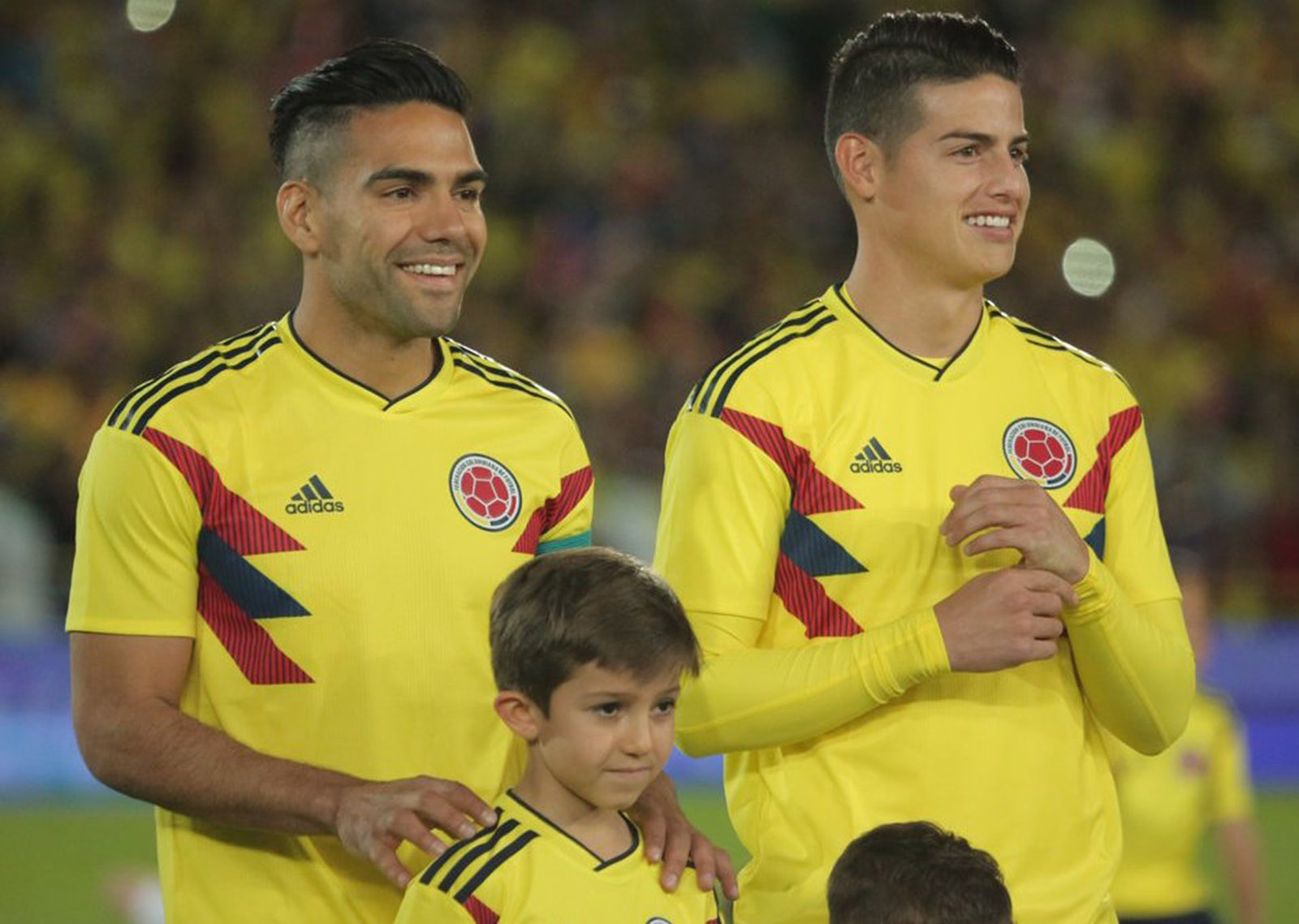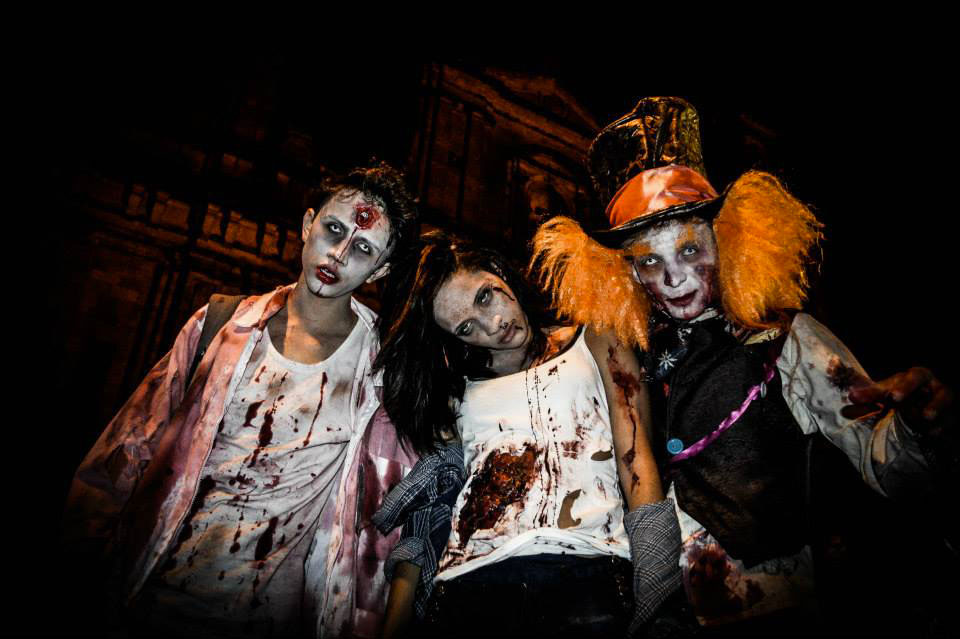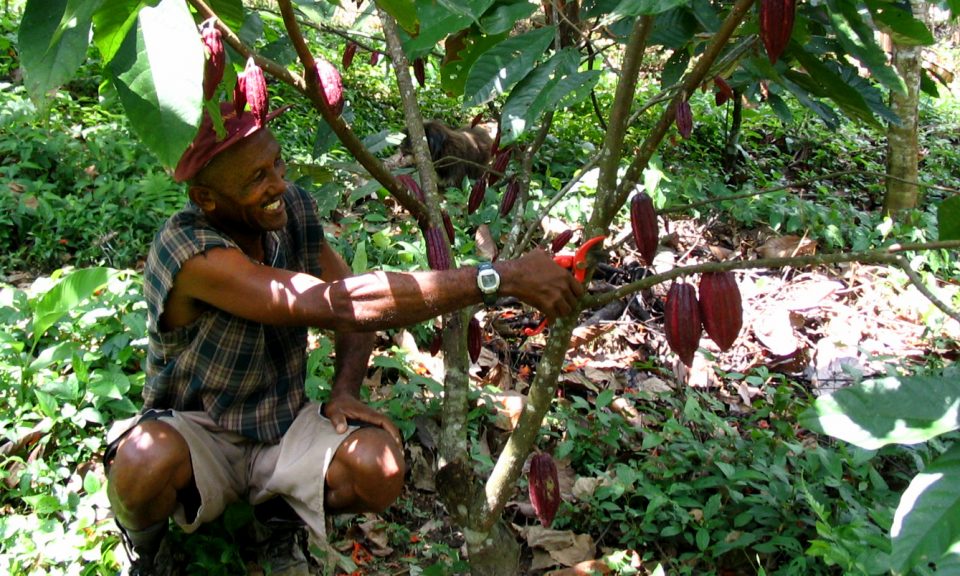
These island siblings slip effortlessly between genres and languages with vocals and music that goes much further than reggaeton.
Track down an Irie Kingz playlist, hit shuffle, and close your eyes. You’d be forgiven for struggling to place them geographically. To the uninitiated, they could easily pass as Major Lazer’s South American satellite group. Oliva, the female vocalist making up one half of the sibling duo, seems to effortlessly transition between vocals that could be mistaken for Rihanna’s, in songs like Queen of the Dancefloor, and Fergie’s (if the Black Eyed Peas dabbled in dancehall) in their smash hit, Me Want Party.
Set the vocals aside and you’ve got an entirely different set of musical qualities to contend with. Though Yeyo, Oliva’s brother and the male contingent of Irie Kingz, also provides some vocals, you can feel his imprint more strongly on the melodies that the group uses in its songs.
The familiar, formulaic throb of most reggaeton classics is a constant in hits like No Drama that catapulted the group to mainstream popularity. But the duo habitually swerve into uncharted territory and kick away the crutches they could easily lean on en route to cozy acclaim. Defying norms and conventions, they experiment with musical traditions that many of their listeners might be less-familiar with.
Those looking for proof of this need look no further than their recent performance at this year’s Festival Éstereo Picnic, featuring a 45-minute set that
Related: San Andrés and Providencia – a tale of two islands
Tu y Yo, another of the group’s more popular tunes, relies on a thin tropical thump as its foundation but pours thick layers of saxophone, clarinet, trap snares, and vocal reverb on top, resulting in a swaggering concoction that sounds like a Diplo-Hall and Oates beach mash-up. The end product seems like something that would be deeply polarising, but the magic of Irie Kingz is that it works. The dancehall-ton duo effortlessly pull in a wide-ranging demographic, resulting in a crowd at this year’s Éstereo Picnic performance that saw cashmere clad gomelos gyrating next to tropical print shirted hipsters and, for reasons I still don’t understand, some guy twice the size of everyone else around him doing the worm in a bear suit.
With a musical repertoire that pulls from so many different cultural influences, it would be easy to objectively question the duo’s authenticity or, worse, cry cultural appropriation. To be sure, a pale-skinned pop duo hailing from San Andres – a Colombian island not known for its melanin-deficient population – is certain to raise a few eyebrows. What’s more, the siblings’ ability to seamlessly transition from English to Spanish to their native Creole in their song lyrics makes it even tougher to pin the two down to a specific identity.
But anyone making that kind of accusation would do well to remember two things about San Andrés. Firstly, though the island’s 75,000 inhabitants are now primarily Colombian mainlanders, its natives are descendants of African and European ancestry. And second that mix of old and new inhabitants is reflected linguistically – Spanish, English, and Creole can be heard spoken throughout the island; and musically – calypso, soca, zouk, and reggae are common, among other genres.
These cultural contributions have turned San Andrés into a veritable conveyor belt of enigmatic music. Now-popular homegrown acts like Jiggy Drama, Juancho Style, and Buxxi paved the way for Irie Kingz and other Sanandresano groups – working with worldwide household names like Juan Magan, Zion & Lennox, and J Balvin along the way. But each did so
Jiggy Drama, for example, jumps between hip-hop, dance hall, and soca, depending on the message of his songs. Juancho Style became one of Latin America’s most notorious exporters of zouk, with his hit single Me Falla topping just about every chart you can name for nearly a year. Finally, Buxxi’s unique interpretation of reggaeton turned him into a pop sensation who has collaborated with some of the biggest names in music around the world.
All of this to say that unlike so many other regions of Colombia (and the world, for that matter), the music of San Andrés is faceless. It’s reflective of a melting pot of ethnicities, languages, and histories that – like an Irie Kingz song catalogue – is constantly changing. That their musical influences and the way they represent themselves culturally vary wildly from one track to the next is no reason to characterize them as ‘inauthentic.’ In fact, for an island that’s reflective of so many different cultures, perhaps there’s never been a group as authentically Sanandresano.




